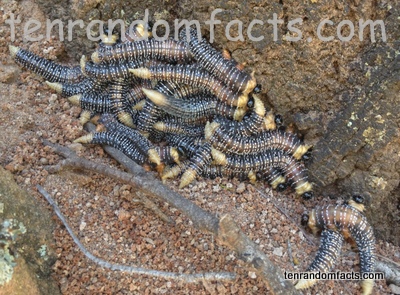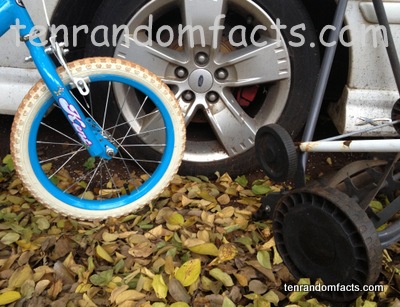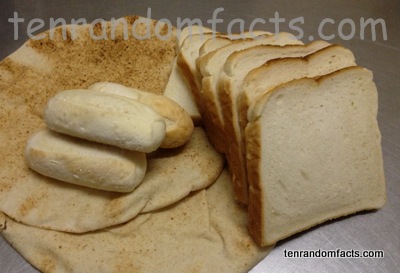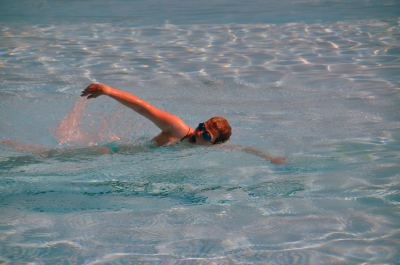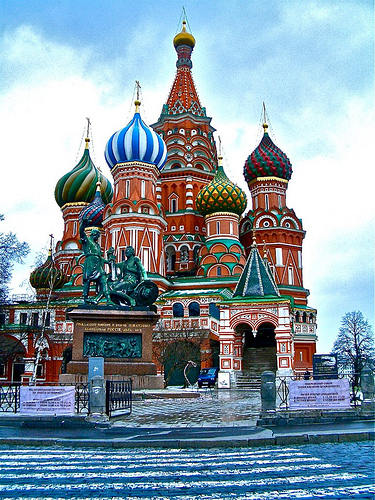
Gazing… pretty.
- Saint Basil’s Cathedral has many names, including, but not limited to, ‘Cathedral of Saint Vasily the Blessed’, ‘Protecting Veil of the Mother of God’, ‘Cathedral of the Intercession of the Virgin by the Moat’, ‘Church of Intercession of Most Holy Theotokos on the Moat’, ‘Cathedral of the Protection of Most Holy Theotokos on the Moat’ and ‘Pokrovsky Cathedral’.
- Saint Basil’s Cathedral is found in the city square known as Red Square in Moscow, the capital of Russia.
- Saint Basil’s Cathedral is a group of nine churches or chapels, that sit on one foundation, and were built from 1555 to 1561.
- Saint Basil’s Cathedral was believed to be the work of Barma and Postnik Yakovlev, and was ordered to be built by Ivan the Terrible (Tsar Ivan IV) who was Tsar of All the Russias and Moscow’s prince and ruler at the time.
- Saint Basil’s Cathedral was built to commemorate Ivan the Terrible’s conquest of Kazan in 1552, which happened during the Feast of the Intercession of the Virgin, hence one of its alternate names.
Saint Basil’s Cathedral
Image courtesy of Jose Calatayud/Flickr
- Saint Basil’s Cathedral is part of the Kremlin and Red Square UNESCO World Heritage Site which was listed in 1990.
- Saint Basil’s Cathedral has many brightly coloured onion shaped domes that have many traditional red, white and gold colours as well as many other colours of the rainbow.
- Saint Basil’s Cathedral’s structure is made of a traditional white stone foundation, and red bricks walls that contain wooden framework.
- Saint Basil’s Cathedral has seen much renovation and restoration over the centuries, which includes major restoration by Ivan Michurin after a fire damaged the building in 1737.
- Saint Basil’s Cathedral contains much symbolism and is said to have represented the Jerusalem temple, although the centre of Saint Basil’s Cathedral is now a museum and is open to public.






